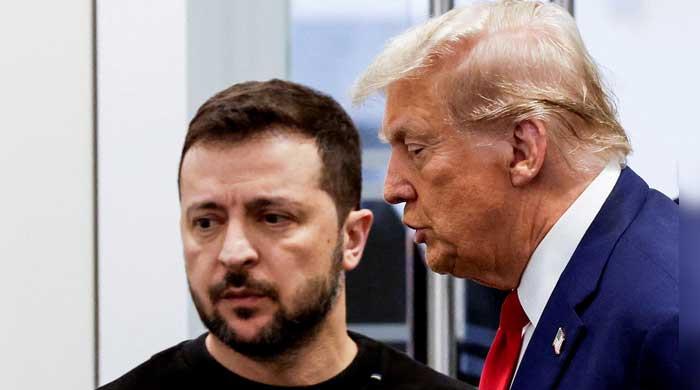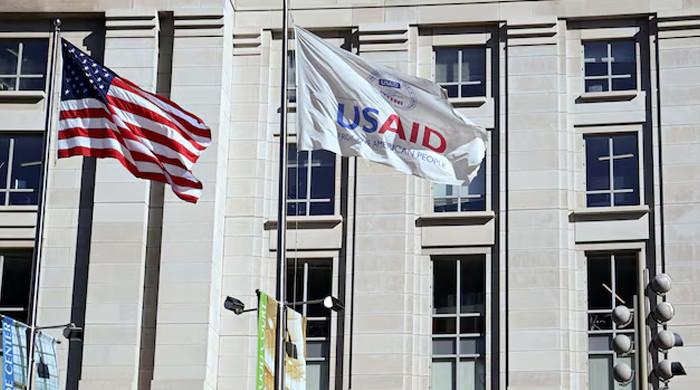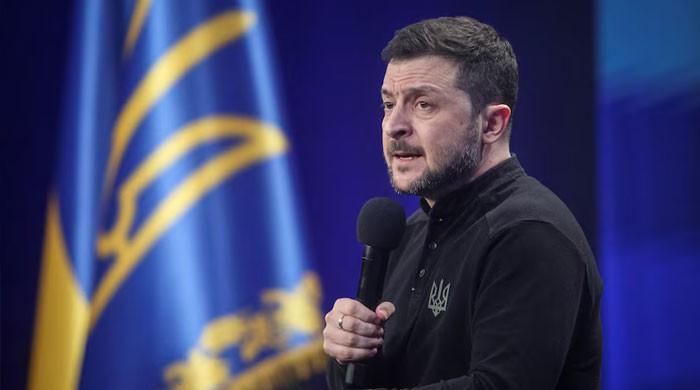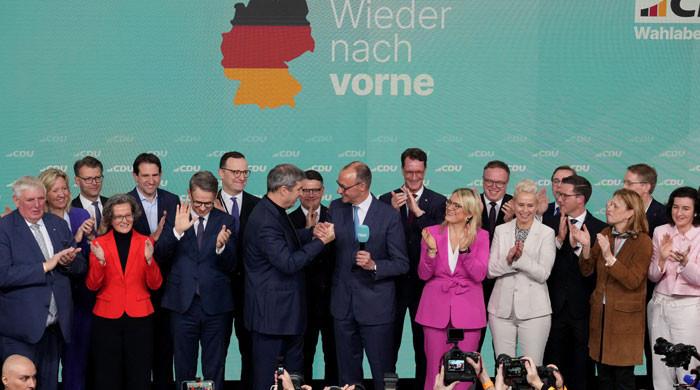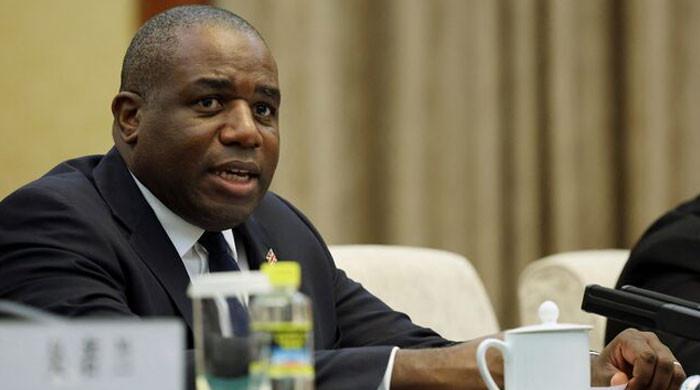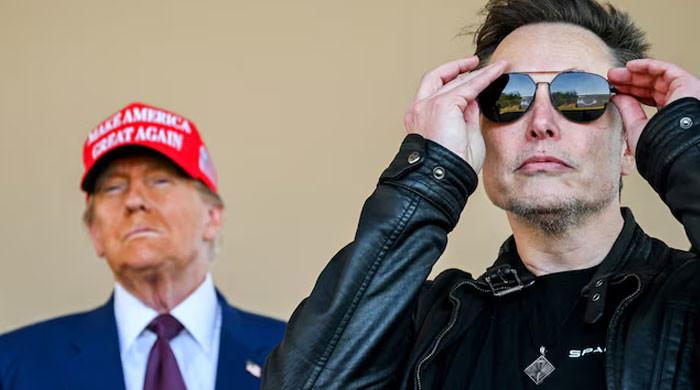New York coronavirus death toll tops 10,000
'The worst is over if we continue to be smart going forward. I believe we can now start on the path to normalcy," says the governor
April 14, 2020
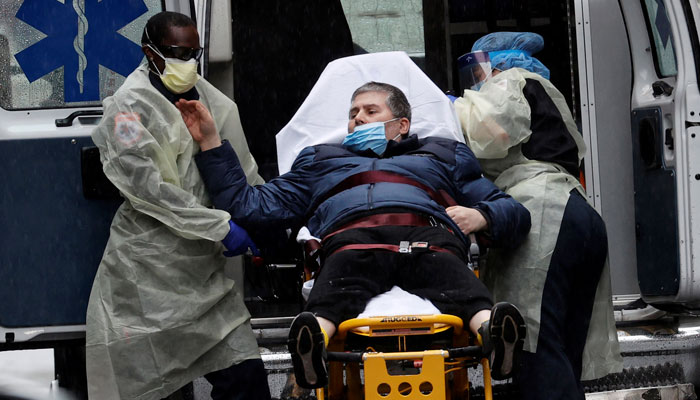
NEW YORK: Death toll from the coronavirus pandemic surged past 10,000 in New York on Monday as the officials believe that the “worst is over” for the worst affected state of the US.
New York Governor Andrew Cuomo said lower average hospitalization rates and intubations suggested a "plateauing" of infections in America’s coronavirus epicentre but warned the outbreak could worsen if restrictions are lifted too quickly.
"The worst is over if we continue to be smart going forward. I believe we can now start on the path to normalcy," Cuomo told reporters.
The governor, a Democrat, said 671 people had died in New York in the last 24 hours, bringing the total number of deaths in America’s hardest-hit state to 10,056.
Read also: US scientists warn against easing lockdown too fast, fear second coronavirus wave
It was the lowest single-day toll in New York since April 5. The highest of 799 was reported on Thursday of last week.
Cuomo, and the governors of neighbouring New Jersey, Connecticut, Pennsylvania, Delaware and Rhode Island, later held a joint conference call where they announced a task force to come up with a reopening plan.
On the West Coast, the governors of California, Oregon and the state of Washington also announced an agreement on a shared vision to reopen their economies and prevent the spread of the virus.
Details about their plans were expected on Tuesday.
Earlier, President Donald Trump tweeted that any decision to end shutdowns rested with him, even though it was individual governors who rolled out the lockdowns in the first place.
America’s federal system of government delegates powers to the governors of the 50 states, but the president, in theory, can use his powers to oversee a coordinated national strategy.
Cuomo said 18 officials, three from each of the six east coast states, would start work immediately on a "coordinated" proposal to get businesses and schools open again.
"We didn’t start with a timetable but we’ll say to the group, ‘We want it ASAP but we want it smart,’" Cuomo explained.
He said at his earlier press conference that the reopening would be gradual, would involve easing isolation measures and could start with recalibrating who is an essential worker.
‘Delicate balance’
It would also require an increase in testing to monitor infection rates and would be based on data and the advice of health experts, not politicians.
"This is a delicate balance," Cuomo said.
"It’s not going to be, we flip the switch, and everybody comes out of their house, gets in their car, waves and hugs each other, and the economy will start."
The governor described restarting New York’s shuttered economy as like "opening a valve," and implored people to "do it carefully, do it slowly and do it intelligently."
Read also: IMF to provide debt relief to 25 countries
"If you see that infection rates start ticking up, which would be undermining everything we have accomplished thus far, then you know you’ve opened the valve too fast," he said.
Cuomo encouraged New York’s 19.5 million inhabitants to continue to follow social distancing guidelines, saying "two or three days of reckless behaviour" could set the fight against the pandemic back.
New York state -- the epicentre of the US outbreak -- accounts for almost half of the country’s more than 23,070 deaths, according to a running tally by Johns Hopkins University.
The virus has particularly spread among Latino and African-American communities living in deprived neighbourhoods where many residents work in service sectors and often lack comprehensive health insurance.
Trump denies plan to axe Fauci
A furious, aggrieved Trump dismissed rumours that he was going to fire his top medical advisor on the coronavirus pandemic.
Unusually, the evening briefing at the White House began with a statement by the internationally renowned Dr Anthony Fauci, seeking to defuse speculation that he had fallen out with the Republican president.
Referring to a CNN interview on Sunday in which he said that earlier mitigation measures would have dampened the escalation of the COVID-19 crisis in the United States, Fauci explained that he’d been answering a "hypothetical."
Fauci explained his reference in the interview to "pushback" against shutting down the economy -- a remark interpreted widely as signalling that Trump was reluctant to take drastic action -- as the "wrong choice of words."
Trump, who on Sunday fueled speculation by retweeting a critical comment with the hashtag #FireFauci, sought to draw a line under the latest White House turmoil.
"I like him," he said of Fauci. "I hear I’m going to fire him. I’m not gonna fire him, I think he’s a wonderful guy."
But Trump then launched into a sustained assault on other targets, demonstrating his frustration with accusations that he has mishandled the crisis.
With his reelection in November a tight contest against Democrat Joe Biden, Trump is under huge pressure both to crush the pandemic’s spread and to rescue the world’s biggest economy, which has been paralyzed by social distancing and other virus mitigation measures.




